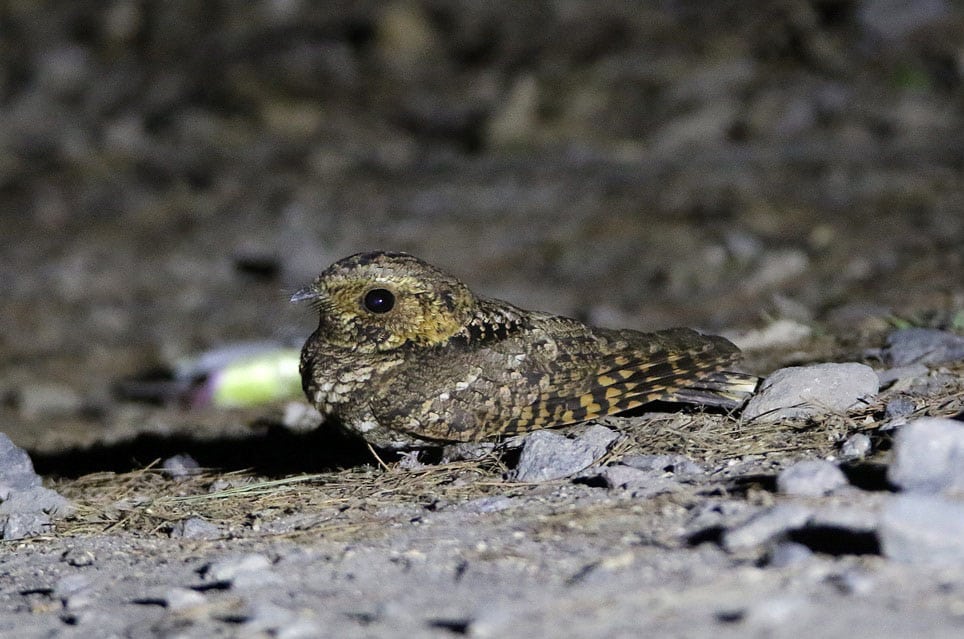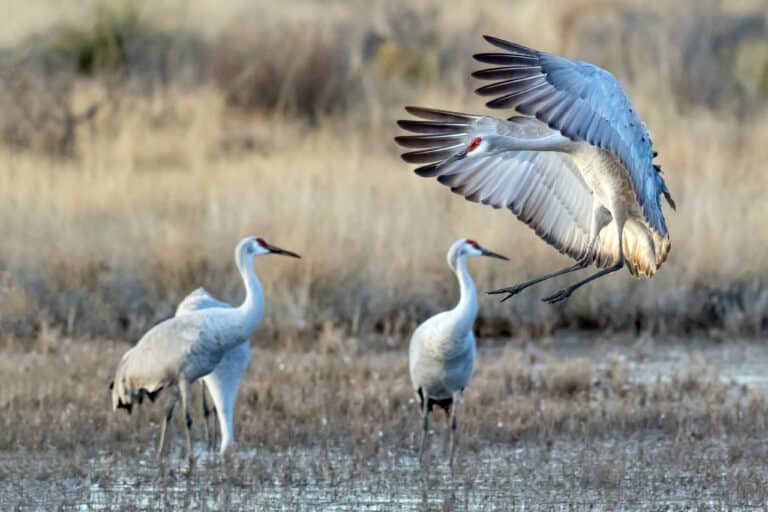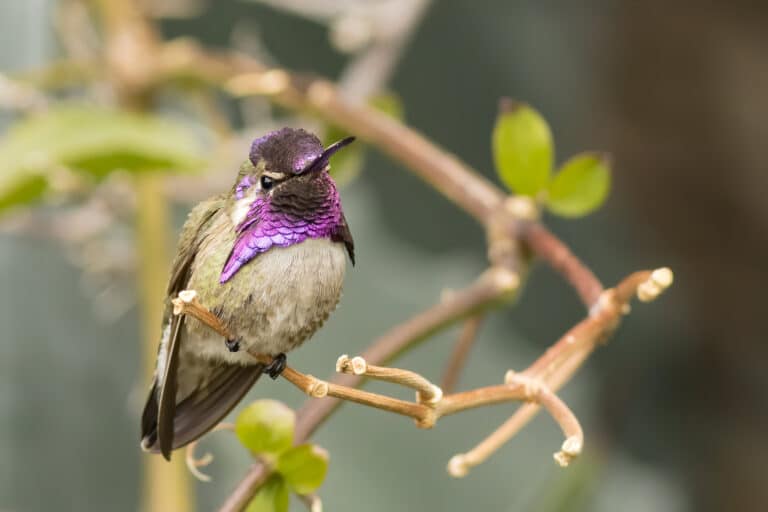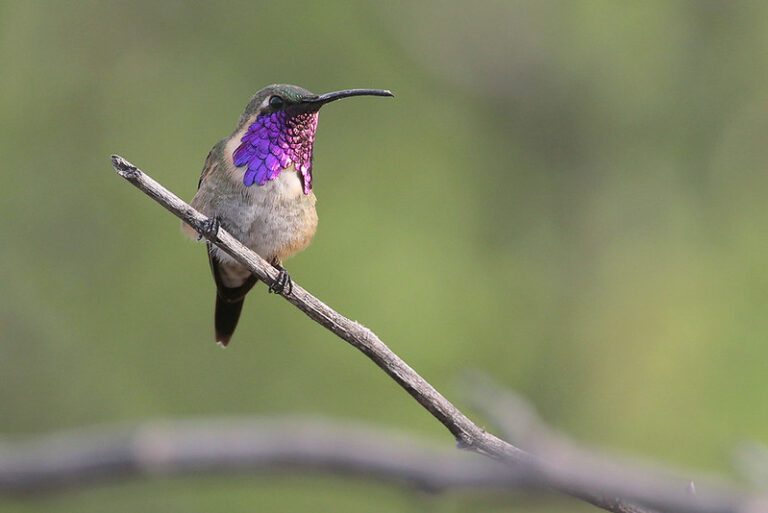One of the first bird sounds I learned after moving to Southeast Arizona, the amazing call of the Mexican Whip-poor-will instantly reminds me of spring trips to Cave Creek Canyon in the Chiricahua Mountains. Split from Eastern Whip-poor-will as its own species (2010), this nightjar’s range is mostly in central Mexico, but the northern populations migrate into northern Mexico, Arizona and New Mexico in April. It’s at dusk and dawn that the oak and sycamore canyons reverberate with the loud pur-ple-riiip calls of birds looking for mates or about to begin a night of foraging. And call they do! If you’ve camped in whip-poor-will territory, you know their penchant for ceaseless singing can lead to some sleep deprivation!
Like all nightjars, the Mexican Whip-poor-will is an aerial insect eater, utilizing its huge mouth gape to capture prey such as moths and scarab beetles. The jury is still out on the function of the prominent facial rictal bristles that are modified hairlike feathers or whiskers—they may provide protection from prey when foraging, aid in foraging, or perform some sort of sensory detection. The species is a ground nester without a nest, laying its eggs directly in leaf litter on the forest floor. The Mexican Whip-poor-will is among the least-researched breeding birds in North America—the biology of this unique and deserving species is virtually unstudied.
Listen and look for Mexican Whip-poor-will during spring and summer on Mt. Lemmon in Bear Canyon, Madera Canyon, the eastern canyons of the Huachucas, or Cave Creek Canyon in the Chiricahuas.
Image by Ross Tsai




